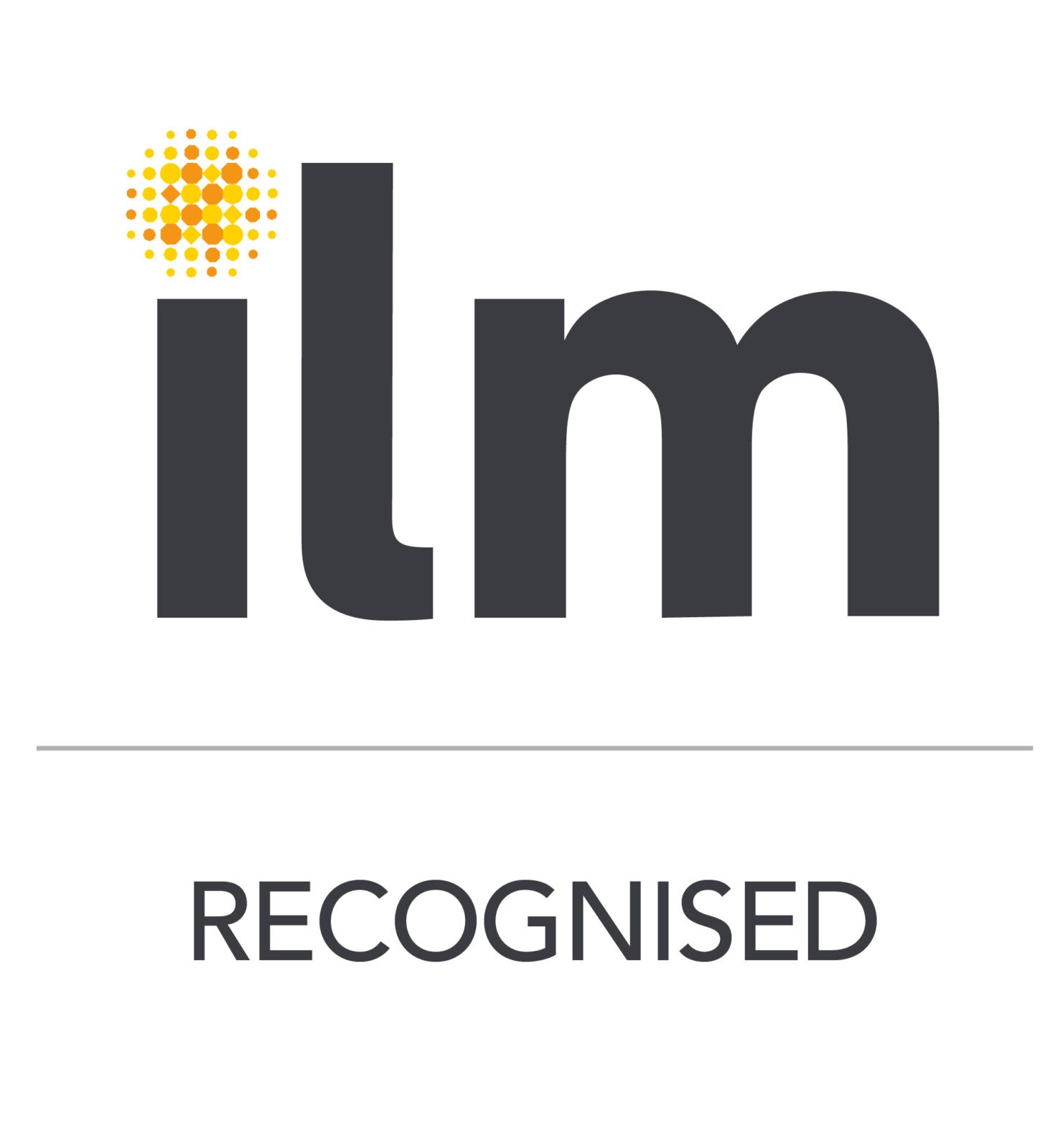Microsoft Project (MS Project) has been around a long time (the first edition launched in 1984) and it is a staple in a project manager’s arsenal. There’s good reason – it includes all the tools you need to assign resources, track progress, develop plans, manage budgets, and create schedules. Effective project management requires tools like MS Project that are both flexible and provide structure.
To help you get started with Microsoft Project 2016, will walk you through the steps to create a project timeline, assign resources, and run reports.
Who Should Attend?
- Construction managers wanting to improve their planning and tracking skills, can better drive projects to success;
- Project Managers wanting to enhance management skills also boost their productivity;
- Engineers wanting to streamline their processes will also reduce risk and power their efficiency;
- A Tradesperson wanting to up skill into a Supervisor role will also pick up practical management skills;
- Builders wanting to develop a project schedule also portray a level of professionalism with Gantt Chart plans;
- Project Managers who manage one project can also manage multiple projects on the go;
- A newbie looking for a project management career will be equipped to use a tool like the project manager;
- Site supervisors wanting to improve their scheduling of trades can manage resources more efficiently;
- Company directors seeking to improve business systems will find more efficiency in productivity;
- Shutdown Planners can plan their shutdowns and handover progress more efficiently between shifts;
- Event organizers can better organize event and have control over expenditure;
- A manager with multiple projects, wanting to better organize trades and materials;
- Contract administrators wanting to track progress can also submit timely progress claims;
- Engineers requiring better planning can also achieve better resource management;
- Topic A: Project Management 101
- Topic B: Navigate and Customize the Project 2016 Interface
- Topic C: Add Tasks to a Project
- Topic D: Add Resources to a Project
- Topic E: Save a Project
- Topic A: Manage Project Time Frames
- Topic B: Change Working Time – Calendar Types
- Topic A: Manage Project Tasks
- Topic B: Add Summary Tasks and Milestones
- Topic A: Change a Task List
- Topic B: Create a Network Diagram and Developing the Schedule
- Topic C: Manage the Critical Path
- Topic D: Use Lag and Lead
- Topic E: Work with Custom Fields
- Topic A: Manage Project Resources
- Topic B: Analyze and Level Work Resources
- Topic A: Print Project Views
- Topic B: Share Projects
- Topic C: Export Projects
- Topic A: Link Projects
- Topic B: Baseline a Project and Track the Status of the Task
- Topic C: Analyze Earned Value
- Topic A: Use View Commands
- Topic B: Use Existing Views
- Topic C: Create Custom Views
- Topic D: Format and Share the Timeline View
- Topic A: Use Existing Reports
- Topic B: Create Custom Reports
- Topic C: Export Visual Reports
Lesson 1: Starting a Project
Lesson 2: Working with Project Calendars
Lesson 3: Working with Project Tasks
Lesson 4: Managing Task Structures
Lesson 5: Working with Project Resources
Lesson 6: Delivering a Project Plan
Lesson 7: Managing the Project Environment
Lesson 8: Generating Project Views
Lesson 9: Producing Project Reports
Learning Outcomes:
At the end of this program, participants will be able to:- Reduce the risk of schedule overrun.
- Reduce the risk of cost overrun.
- Help easily plan and manage project tasks.
- Optimize management of all resources.
- Give clear visibility of what’s going on in the project.
- Allow quick and easy forecasting of WBS’s, activities or projects.
- keep track of progress and view past period performance for reporting purposes.
- Help you easily breakdown projects’ and tasks’ structure.
- Allow easy collaboration between all projects users.



